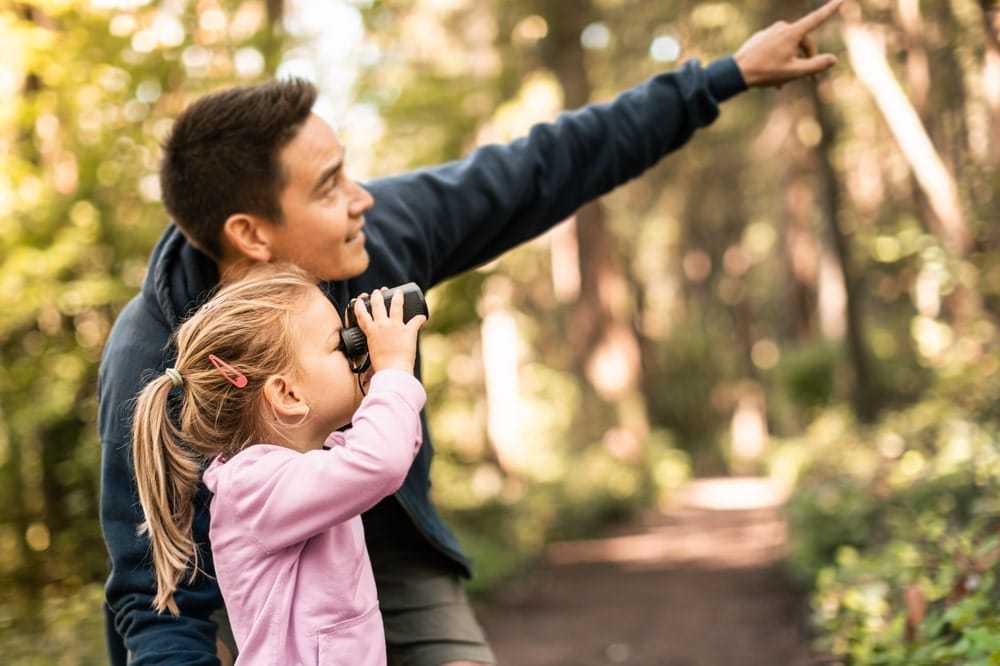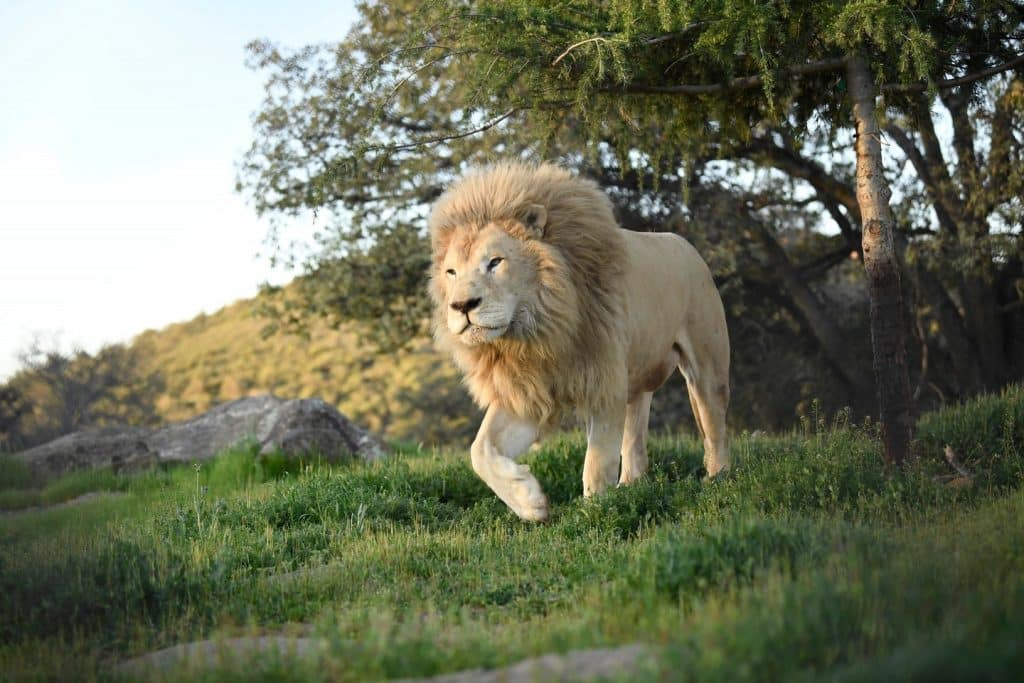

Every time you step into nature, you’re a guest in an animal’s home. Whether hiking in national parks, on a safari, or visiting a wildlife sanctuary, your presence has an impact. How you observe wildlife can either help protect them or put them at risk.
Wild animals aren’t here for our entertainment—they’re trying to survive. When people get too close, it disrupts their natural behavior:
There’s also the issue of unethical wildlife tourism. Some attractions claim to care about animals but exploit them. If a place lets you pet, ride, or take selfies with wild animals, chances are, those animals have been taken from the wild, kept in poor conditions, or trained using cruel methods. What seems like a fun, once-in-a-lifetime experience often comes at the animal’s expense.
And let’s not forget your safety. Wild animals are unpredictable. A startled bear can react defensively. Ethical wildlife encounters come down to one simple principle: respect. Respect for the animals, their space, and their natural habitat.
If you love wildlife, the best thing you can do is watch without interfering. It’s easy to forget that our presence—no matter how harmless we think it is—can change an animal’s behavior, sometimes in ways that put them at risk. Responsible wildlife observation allows you to see animals and ensure they remain safe and undisturbed.
You might not realize it, but if an animal moves away, stops eating, or seems alert because of you, you’re too close. Wild animals need to focus on finding food, avoiding predators, and raising their young. A safe distance allows them to live naturally while you enjoy the moment without causing harm.
What is a safe distance? A good rule is to stay at least 100 yards (91 meters) from large animals like bears, wolves, or big cats, and 50 yards (46 meters) from deer, elk, or other midsized wildlife. For smaller animals, use the "rule of thumb": Extend your arm and give a thumbs-up — if you can cover the entire animal with your thumb, you're likely far enough away. And, if they react to you at all, you need to back up or leave the area entirely!
If you’re hoping for a great photo, use a zoom lens – like those used by wildlife photographers. No picture is worth making an animal uncomfortable—or worse, putting yourself in danger.

Feeding animals is one of the worst things you can do, even if it feels like an act of kindness. Wild animals survive by hunting, foraging, and adapting to seasonal food changes. When people offer food, it disrupts that natural balance. Animals start depending on humans instead of their instincts, which puts them at risk.
Fed animals often become aggressive, approaching people expecting food. This leads to conflicts in which the animal is almost always the one that suffers—many end up being relocated or even euthanized because they’re seen as a danger. The best way to help wildlife? Let them find their own food, as nature intended.
Wandering off-trail feels like an adventure. But it’s one of the easiest ways to damage a fragile ecosystem. You could be stepping on nesting sites, crushing plants, or disturbing small wildlife species you don’t see. National parks, sanctuaries, and reserves have trails for a reason—to protect nature while still letting us enjoy it. It's important that you respect that.
The rules at the park, reserve, or sanctuary that you visit are there to keep both you and the animals safe. Every guideline, from how far to stand to whether you can use flash photography, is based on research and experience. Wildlife experts and conservationists have studied these animals for years, and they know exactly what helps protect them. Please don’t ignore them.
Not every wildlife attraction has the animals’ best interests at heart. Some places claim to focus on rescue and conservation but exploit animals for profit. Knowing how to spot a genuinely ethical experience makes all the difference.
✅ Accredited Sanctuaries that provide lifelong care for rescued animals that can’t survive in the wild
✅ Organizations focused on wildlife rescue and conservation, not entertainment
✅ Sanctuaries that provide suitable species specific habitats and enrichments for each animal
✅ Tours that observe animals from a respectful viewing distance without forcing interactions
✅ Facilities that prioritize education and habitat protection over tourist attractions
🚫 Attractions that allow direct contact, like petting, riding, or taking selfies with wild animals
🚫 Places that breed animals for tourism instead of rehabilitation
🚫 Facilities where animals perform tricks or are kept in small, unnatural enclosures
🚫 Tours that bait, chase, or otherwise disturb wildlife for a better view
One great example of an ethical accredited sanctuary is Lions Tigers & Bears, which rescues abused and neglected exotic animals, providing them a safe home for the rest of their lives. Before booking any wildlife watching experience, take a moment to do your research. If an organization truly cares about the animals, their actions—not just their marketing—will show it.

No matter where you are—whether in the wild or at a sanctuary visit—keep these golden rules in mind:
✅ Stay away from wildlife, making sure to give them uninterrupted space
✅ Use binoculars or zoom lenses for a better look instead of getting closer.
✅ Avoid close encounters with wildlife.
✅ Support accredited sanctuaries that provide care for the rest of their lives, not just for tourism.
✅ Leave no trace—pack out trash and respect the environment.
🚫 Attempt to touch or hold wild animals, no matter how tame they seem.
🚫 Chase or block an animal’s path for a better view.
🚫 Use flash photography—it can distress animals.
🚫 Assume an animal is “friendly” because it doesn’t run away.
Every decision you make, from the tours you book to the sanctuaries you support, shapes the future of wildlife rescue and conservation. Choose experiences that respect animals, not exploit them.


Ph: 619.659.8078
Fx: 619.659.8841
[email protected]
24402 Martin Way, Alpine, CA 91901